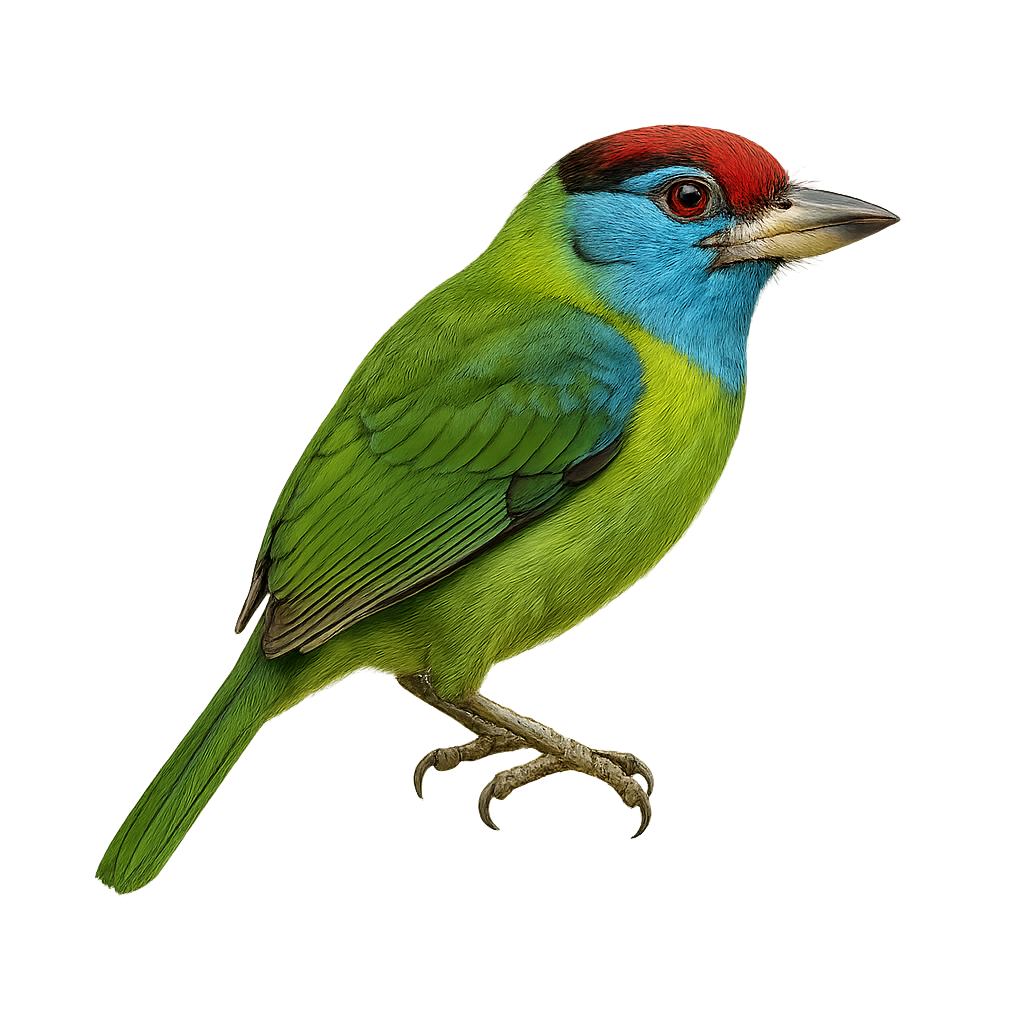Your wildlife photography guide.
Explore the blue-throated barbet in detail, study its behavior, prepare your shots.
Where to observe and photograph the blue-throated barbet in the wild
Learn where and when to spot the blue-throated barbet in the wild, how to identify the species based on distinctive features, and what natural environments it inhabits. The WildlifePhotographer app offers tailored photography tips that reflect the blue-throated barbet’s behavior, helping you capture better wildlife images. Explore the full species profile for key information including description, habitat, active periods, and approach techniques.
Blue-throated Barbet
Scientific name: Psilopogon asiaticus

IUCN Status: Least Concern
Family: MEGALAIMIDAE
Group: Birds
Sensitivity to human approach: Suspicious
Minimum approach distance: 10 m
Courtship display: April to June
Incubation: 13-15 jours
Hatchings: April to July
Habitat:
Tropical forests, subtropical forests, dense wooded areas
Activity period :
Primarily active during the day, with peak activity in the morning and late afternoon.
Identification and description:
The Blue-throated Barbet, Psilopogon asiaticus, is a colorful and fascinating bird belonging to the Megalaimidae family. It is easily recognizable by its green head, bright blue throat, and robust beak. This bird primarily inhabits the tropical and subtropical forests of Southeast Asia, where it feeds on fruits, berries, and occasionally insects. It is often seen perched on tree branches, emitting distinctive calls that resonate through the canopy. Although relatively tolerant of human presence, it prefers dense wooded areas where it can hide from predators. Its breeding season varies by region, but it is generally observed nesting in tree cavities.
Recommended lens:
400 mm – adjust based on distance, desired framing (portrait or habitat), and approach conditions.
Photography tips:
To photograph the Blue-throated Barbet, it is advisable to use a 400mm lens or longer to capture precise details without disturbing the bird. Look for areas where trees are dense, as this bird prefers to perch out of sight. Be patient and discreet, as although it is suspicious, it can be observed when feeding or singing. The early morning hours are ideal for photography, as the soft light will highlight its bright colors.
The WildlifePhotographer App is coming soon!
Be the first to explore the best nature spots, track rutting seasons, log your observations, and observe more wildlife.
Already 1 430 wildlife lovers subscribed worldwide

